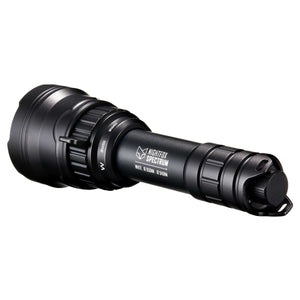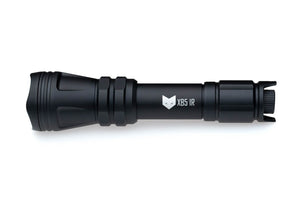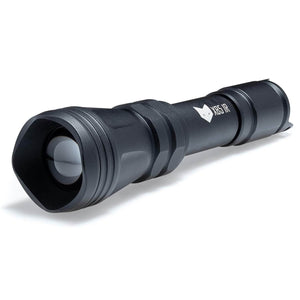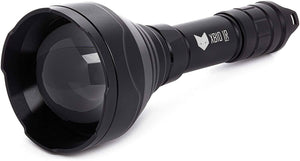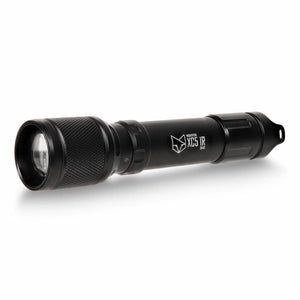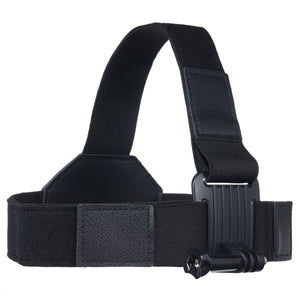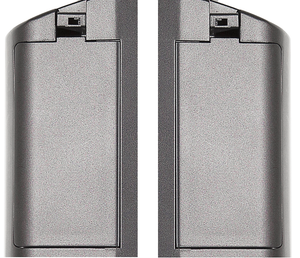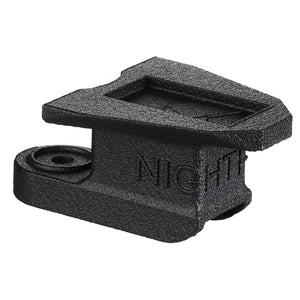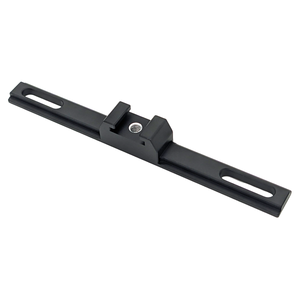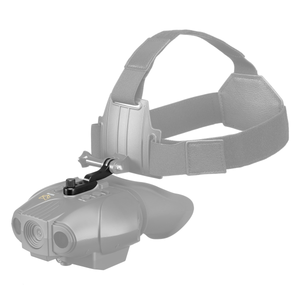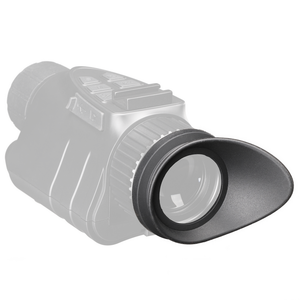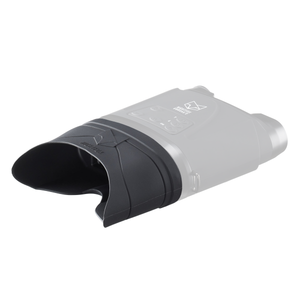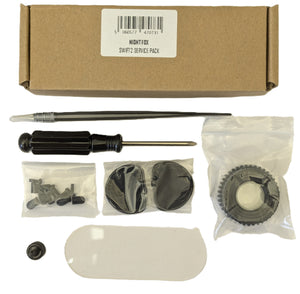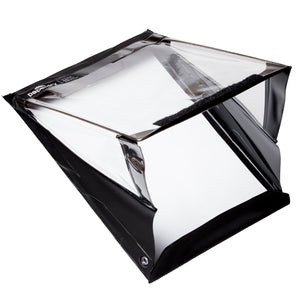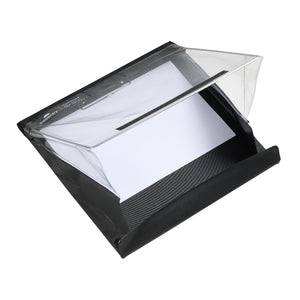Throughout history, humans have shied away from darkness. Unlike the many species who only emerge once the sun has set, humans have historically tried to extend the comfort of daylight, by gathering around a campfire or retreating to indoor safety. Night vision technology allows humans a glimpse into the night-time happenings we are otherwise oblivious to, but how does it work?

Let’s start with regular vision. Human eyes are well adapted to work in highly lit conditions, whereas nocturnal animals have large eyes that perform better in low light. While these might seem more useful, they’re usually less able to perceive colour, as well as having poor rotation, forcing creatures like owls or tarsiers (above) to turn their whole head when they want to look in a different direction.
Whether animals are nocturnal or diurnal (awake during the day) they almost all see using electromagnetic (EM) waves in the visible range. All EM waves are made up of “photons”, you can see the electromagnetic spectrum below. Each visible photon has just the right amount of energy to cause very small chemical changes in compounds like Retinal, which allow these animals to see.

Ultraviolet radiation has a lower wavelength, wavelength is inversely proportional to energy, so each photon has much more energy than visible light. As a result, although UV radiation can cause chemical changes, they tend to be bigger than the ones we use to see. It’s due to these significant chemical changes that we must protect ourselves from overexposure to UV, using sunscreen and sunglasses.
Higher up the wavelength spectrum, infrared radiation has too little energy to be used in normal animal vision. Instead of the chemical changes caused by visible and UV light, Infrared radiation normally causes only temporary vibration or bending in chemical bonds. Even though most animals can’t perceive infrared light it is fairly abundant, even in darkness.
This is where our digital night vision devices come in handy. They can detect infrared photons using CMOS sensors. Our devices focus Infrared light onto an array of CMOS sensors. When an infrared photon lands on a CMOS, it causes electrons to jump from one type of silicon to another. The moving electrons create a voltage, each voltage corresponds to a pixel on the night vision device’s LCD screen.

Here at Nightfox we have done our best to make the most of this fantastic technology by packaging it into affordable, easy-to-use devices that give you clear vision, even on the darkest of nights. Not only do we supply a range of night vision binoculars to suit various viewing needs, but we also offer a selection of infrared torches to boost the range of your device. In the last few years we have expanded into night vision goggles which allow you to explore your surroundings without zoom. Click here to explore our range and find your Nightfox.
Some images used in this article are provided by the Wikimedia foundation.

 Trusted Service
Trusted Service 30 Day Return Policy
30 Day Return Policy 2 Year Warranty
2 Year Warranty Worldwide Delivery
Worldwide Delivery 










